This article presents the effects of cortisone or hydrocortisone in the treatment of neurodermatitis and highlights the opportunities and risks of using cortisone ointments and other cortisone preparations. In addition, the non-drug treatment of the disease is also discussed. The following explains what cortisone is, how it works and why it is used in inflammatory skin diseases and autoimmune diseases.
What is cortisone?
Cortisone is the common name for endogenous and artificially produced glucocorticoids , which in turn belong to the group of steroid hormones . There are various synthetic cortisone variants, which differ mainly in the strength of their effect.
The body's own glucocorticoids are produced in the adrenal cortex (cortex = bark) and are involved in various metabolic processes and in the regulation of the mineral balance, the water balance and the immune system .
Because of its anti-inflammatory effect , synthetically produced cortisone (also cortisone, cortisol or hydrocortisone) is used in various medications , especially in ointments, creams and gels, to treat skin diseases such as neurodermatitis, psoriasis and others.
Causes of neurodermatitis
Contrary to what the name (neuron = the nerve) suggests, neurodermatitis is not a nervous disease and is therefore now referred to by dermatologists as atopic dermatitis or atopic eczema . It is an inflammatory skin disease in which the overreaction of the skin's immune system plays a major role. From a medical point of view, it is therefore an autoimmune disease in which the immune system reacts strongly to actually harmless stimuli and also attacks your own skin cells .
The skin of a neurodermatitis patient reacts to actually harmless contact with pollen , mites and their residues (house dust) and other substances, which may also include food, with a disproportionate immune response . An allergic reaction occurs, which affects the skin as a widespread inflammation . The released histamine increases the inflammation and causes the skin to dry out .
The skin's natural protective barrier is weakened , which makes it easier for bacteria, viruses and other infectious agents to penetrate and in turn exacerbates inflammation . Harmless triggers put those affected in a vicious circle of a self-reinforcing inflammatory reaction.
The causes of neurodermatitis have not yet been conclusively researched. Genetic dispositions probably play a decisive role, but hormonal or psychological causes are also being researched.
Babies (approx. 23 percent) and children (approx. 13 percent) and around 3 percent of adults are particularly affected by neurodermatitis, and the trend is rising. Atopic dermatitis in babies occurs mainly as cradle cap, in children and adults as inflammation in the back of the knees, crooks of the arms, in the cleavage area and other limited areas. Inflammation can occur anywhere in the body, especially in adulthood. The inflammation is also associated with severe itching . If you give in and scratch the itchy spots, you reinforce the vicious circle described above.
Atopic dermatitis is chronic and currently not curable . However, those affected by neurodermatitis can still be symptom-free for longer periods of time, because the disease progresses in phases and is now relatively easy to treat . Affected people do best if they manage to avoid flare-ups or nip them in the bud, which is why it is extremely important to monitor your own condition and living conditions very closely .
The possible triggers for an atopic dermatitis flare-up are diverse and can hardly be avoided in their entirety. Possible triggers include:
-
Environmental factors such as pollen, house dust and other allergenic substances such as animal hair, chemicals etc.
-
certain foods and additives
-
Climatic factors such as heat, cold, dry heating air
-
Mechanical skin irritation (scratching) and penetration of foreign bodies (infections)
-
Psychological factors such as stress, lack of sleep, conflicts etc.
[Infographic]
How does cortisone help with neurodermatitis?
Cortisone has a soothing effect on the inflammation and also suppresses the excessively strong immune response . It thus has a symptom-relieving effect and at the same time intervenes in the right place in the vicious circle of self-reinforcing inflammation. Preparations with synthetic cortisol are therefore mainly prescribed during a flare-up of the disease. Cortisone is available both for application to the skin and for oral ingestion. It provides short-term relief and can help contain an flare-up, but is not suitable for long-term therapy .
Read more about skin care here if your skin conditions have already become chronic .
This will alleviate the symptoms
A cortisone cream, ointment or gel works very quickly and specifically . Inflammation subsides quickly, the itching becomes significantly weaker or disappears and the overreaction of the immune system is suppressed. In the event of an acute outbreak or a flare-up of neurodermatitis, cortisone preparations are often the only way to effectively alleviate the symptoms and thus pave the way for further therapies.
Cortisol is therefore often the drug of choice as a short-term solution for severe acute symptoms or flare-ups, but should not be used too often or for too long due to its side effects.
The treatment is always individual
The course of neurodermatitis and in particular the triggers of neurodermatitis flare-ups are very individual and even change in the individual patient over time. Since the use of cortisol only makes sense to a limited extent, the individual living conditions and triggers must be taken into account when treating neurodermatitis.
In the long-term treatment of neurodermatitis, those affected must learn to adapt their lifestyle to the individual triggers of flare-ups and to avoid them if possible. The particularly important areas of life that can be influenced include nutrition, the cleanliness of the apartment, sleeping patterns and the general mental state.
For most neurodermatitis patients it is important to avoid stress factors such as conflicts or too little sleep as well as known allergens. Hypoallergenic bedding and the use of an extra sensitive care line can also help. In order to avoid the individual triggers, however, one must first get to know them.
Those affected should therefore observe themselves and their habits particularly well and try to recognize connections between their behavior or living conditions and the triggering of an attack. A food diary can help with this.
People suffering from neurodermatitis often react negatively to strong spices, easily metabolizable sugar (sucrose), alcohol or coffee, but general statements are not possible here . When creating a suitable diet, everyone affected must make their own experiences and also reckon with the fact that intolerances or allergies will change over the course of life.
Does cortisone have side effects?
Except in particularly sensitive skin areas such as the face and neck, as well as in infants and small children, cortisone has hardly any or no undesirable side effects when used for a short time. Special care must therefore be exercised when it is used on small patients or areas of the skin that absorb the active ingredient particularly well (so-called absorption).
Only light cortisone preparations should be used here for a very limited time, because if glucocorticosteroids are too potent (from class III), there is a risk of thinning of the skin, pigment disorders or inflammation of the hair roots all over the body .
In addition to these side effects , the body of the neurodermatitis patient often gets used to cortisone preparations, which then lose their effectiveness and may no longer be strong enough to effectively stop a flare-up of the disease. The correct dosage of the active ingredient as well as the time and duration of application are therefore decisive for the successful use of cortisone and should also be discussed with a dermatologist in the case of non-prescription products.
In the case of particularly strong preparations, impairments of cardiovascular function have also been demonstrated. In particular, cortisone can increase the risk of atrial fibrillation.
Read our article on how to care for combination skin here.
How do the preparations differ?
Cortisone drugs are available in different strengths, which can be divided into four classes and differ not only in the dosage but also in the active ingredients:
-
Class I: weak glucocorticoids (cortisone), with active ingredients such as hydrocortisone and prednisolone
-
Class II: medium-strength preparations (e.g. prednicarbate, methylprednisolone and triamcinolone)
-
Class III: strong cortisone preparations such as betamethasone or mometasone
-
Class IV: very strong glucocorticoids such as mometasone
The preparations are also more effective on moist skin than on dry skin, and their effectiveness can be enhanced if the areas where cortisone has been applied are then covered with a bandage or damp cloth (diapers have the same effect, so be careful here attached).
In addition to the dosage, the type of active ingredient and the way of application, the preparations and their effect also differ according to the carrier substance used: cortisone ointment has a stronger effect than creams or lotions .
Weak preparations are sometimes only available in pharmacies or over the counter, while stronger ones must be prescribed by a dermatologist.
How is cortisone used?
In neurodermatitis, cortisone is usually not administered orally or injected, but applied locally to the inflamed skin. The eczema is creamed in the form of a cortisone ointment, cortisone creams, gels or lotions so that the active ingredient can penetrate . The treatment can, for example, take place twice a day, in the morning and in the evening.
Less preparation should be applied to particularly thin, receptive areas of the skin, such as the face, neck and neck or the crook of the arms and knees, than to areas covered by a thicker layer of skin, such as the torso or legs.
Depending on the size and location of the inflamed areas, adults should apply between one (particularly receptive areas), two to four or even 6 to 7 (particularly thick skin) fingertips of a preparation.
The effect can be increased even more if the creamed areas are then covered with a damp cloth. Whether this is advisable should be clarified beforehand with a dermatologist. With short-term treatment (no longer than six weeks) with the right amount of cortisone, undesirable side effects are unlikely.
Simultaneous care of the affected areas with extra sensitive, moisturizing care products is recommended to further reduce the side effects and help the skin to find its natural balance. As a rule, there should be around 15 minutes between care and treatment with cortisone, although the order is not important according to the current state of research.
Other options for treating neurodermatitis
In addition to cortisone ointments and other cortisone preparations, those affected by neurodermatitis can positively or negatively influence their illness, especially with their lifestyle. A medical cure is currently not possible, but good basic care, avoiding the triggers (see above) and possibly anti-itch medication can significantly improve the patient's quality of life. The goal is to extend the time between two episodes as long as possible and thus extend the symptom-free or symptom-free time.
Neurodermatitis patients often benefit when they use extra sensitive products that are suitable for allergy sufferers instead of the conventional ones. This applies, for example, to detergents and body care and especially skin care products.
FAQ
Some frequently asked questions are briefly answered below
Which hydrocortisone for neurodermatitis?
The use of cortisone for neurodermatitis is based on the age of the patient and the severity of the attack or the symptoms and should always be clarified with a doctor. The over-the-counter or pharmacy-only cortisone preparations are those in the lowest category of activity (see above) and hydrocortisone is an active ingredient used there. Side effects are rather unlikely here, however, if used too frequently, a habituation effect can set in.
Which cream works best against neurodermatitis?
Numerous preparations with different cortisone active ingredients, dosages and carrier preparations are available. Which one is best for your condition depends primarily on the severity of your symptoms and the affected skin areas. Creams tend to be used for milder symptoms.
Which is Better: Cortisone or Hydrocortisone?
Cortisone and hydrocortisone are often used interchangeably. If you want to make a difference, cortisone or cortisone is the umbrella term for various synthetic glucocorticoids, while hydrocortisone is the name of a specific active ingredient and is mainly contained in over-the-counter cortisone preparations.
How quickly does cortisone ointment work in neurodermatitis?
Cortisone has a very fast and targeted effect on neurodermatitis. In individual, particularly severe cases, therapy with cortisone ointment can also last up to six weeks, but the rule is more like a few days.
Conclusion
People who suffer from atopic dermatitis or neurodermatitis often cannot avoid the use of cortisone. Cortisone works quickly and can be applied directly to the affected areas of the skin. It contributes to the rapid abatement of inflammation and significantly reduces itching. In addition, it suppresses the excessive immune reaction of the patient and is therefore particularly suitable for getting an acute flare-up of the disease under control and thus breaking the vicious circle of self-reinforcing inflammation.
Since cortisone has been used for a long time, the side effects are known and well researched. If used correctly, there should hardly be any undesirable side effects. However, one should not make the mistake of using cortisone too frequently or for too long, as this increases the risk of side effects and leads to habituation effects.

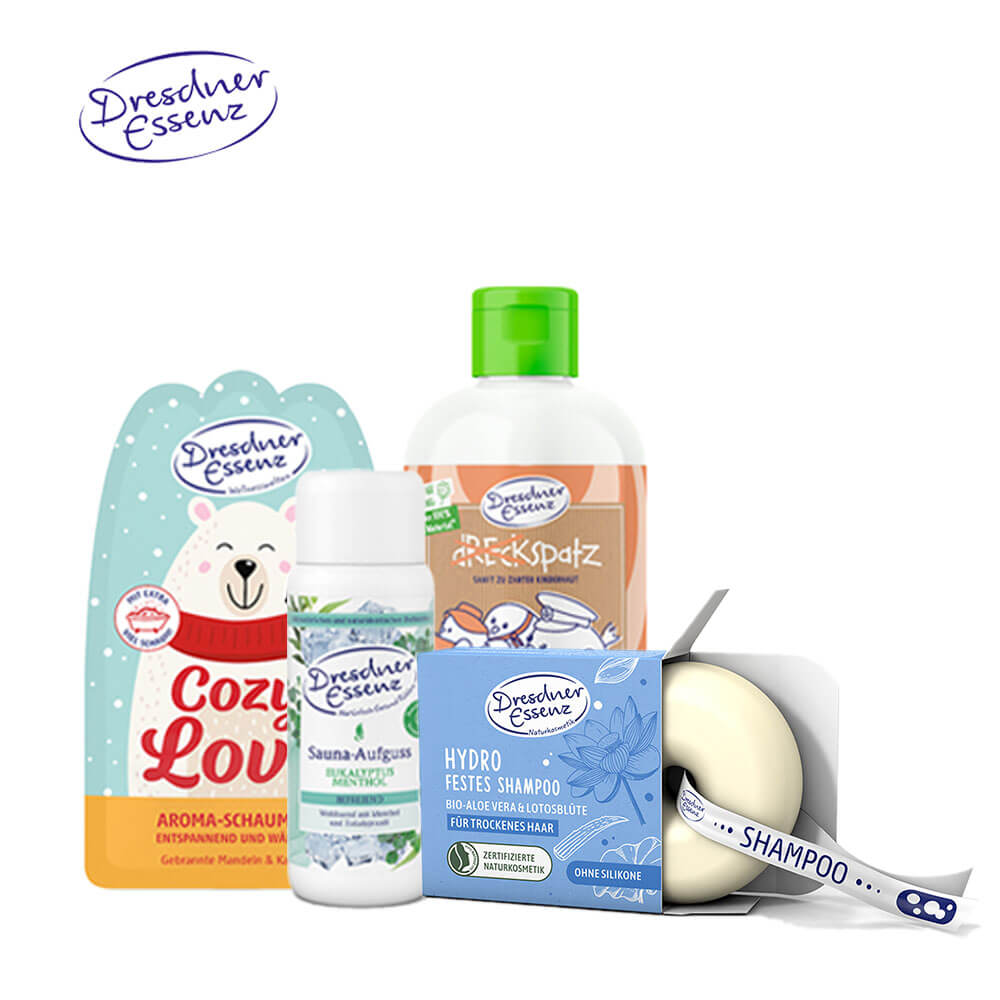
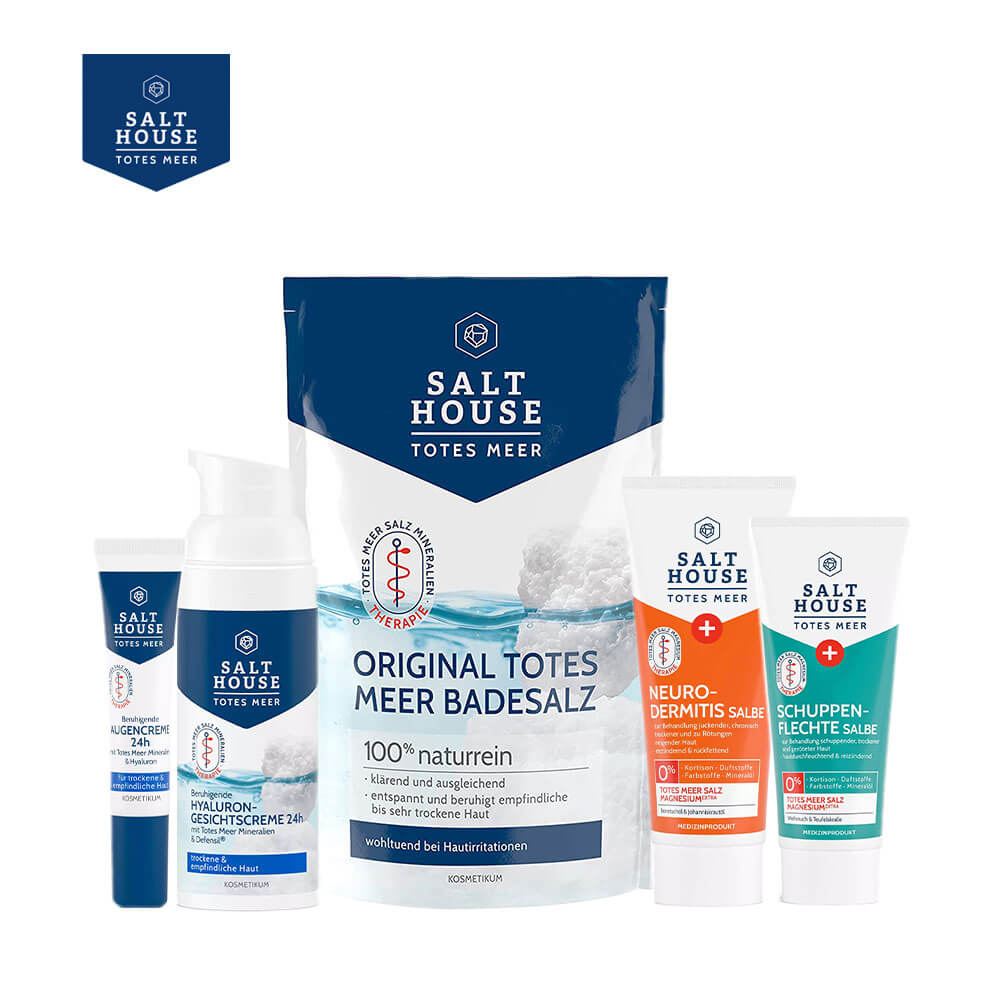
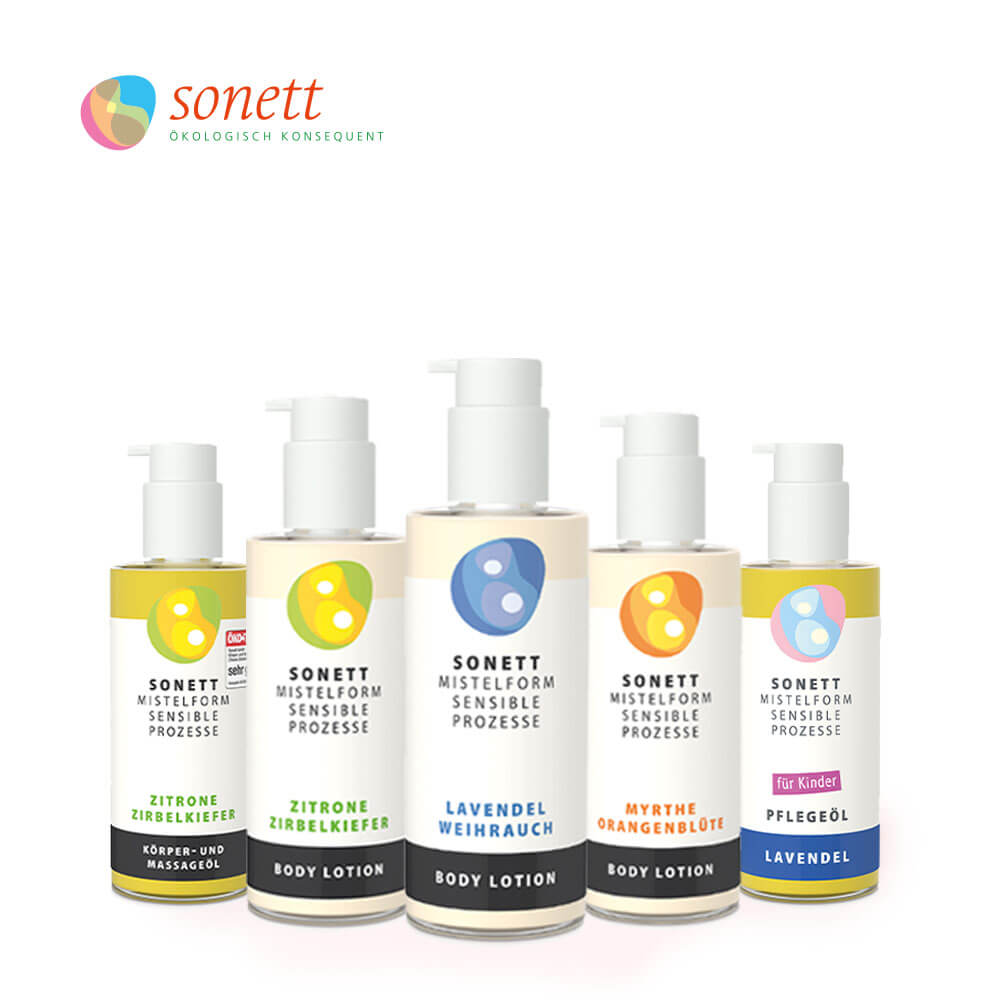

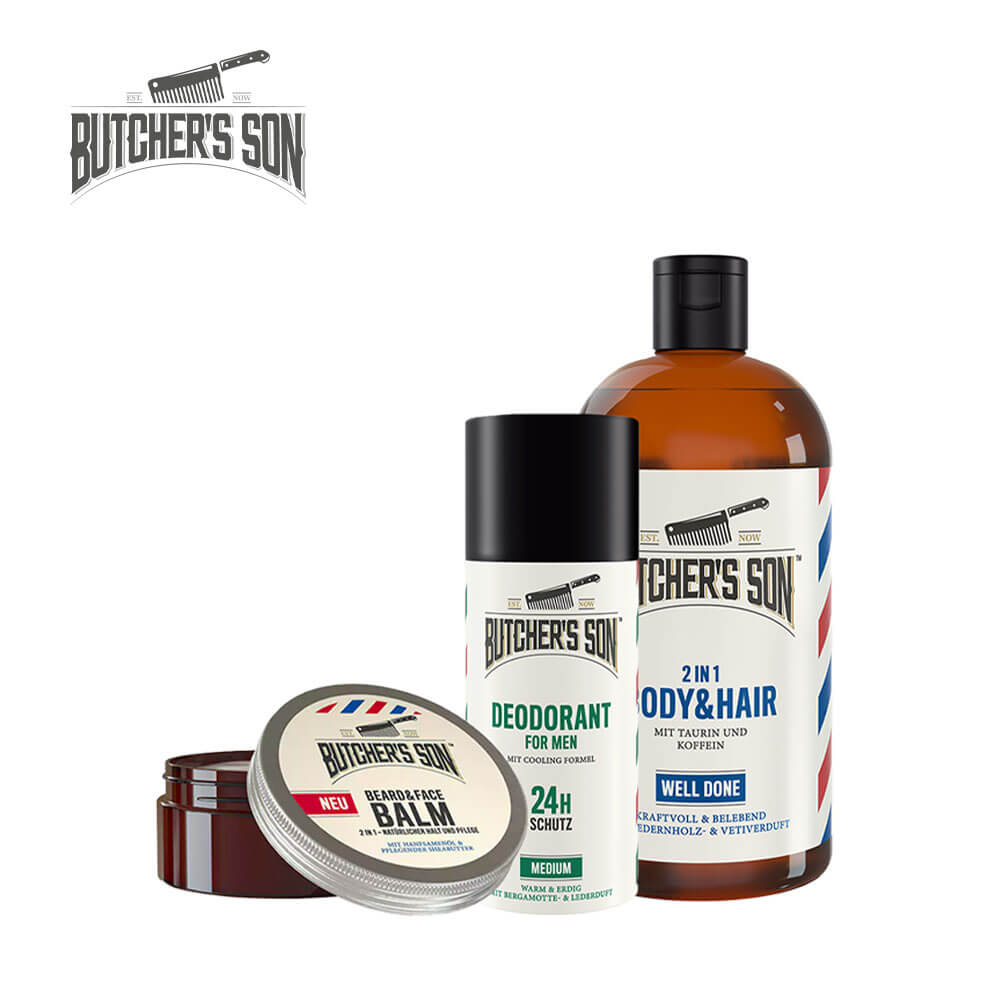
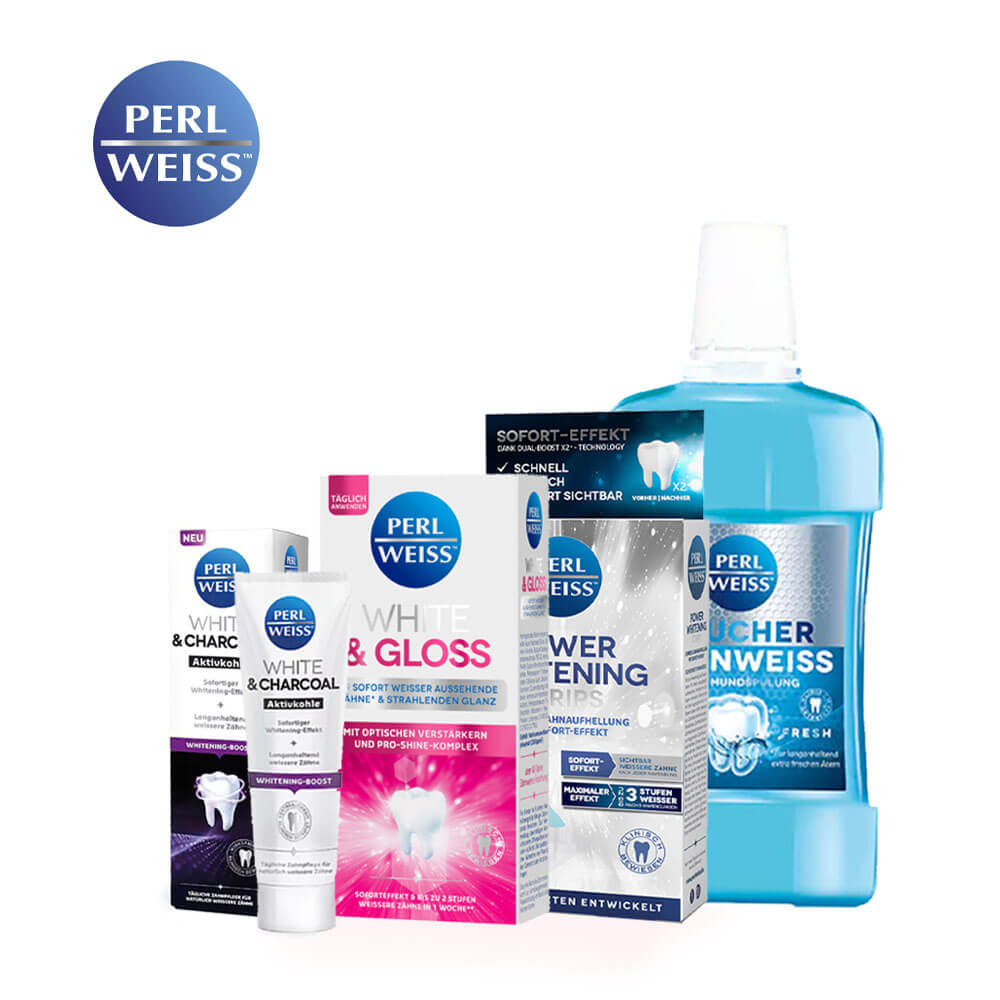
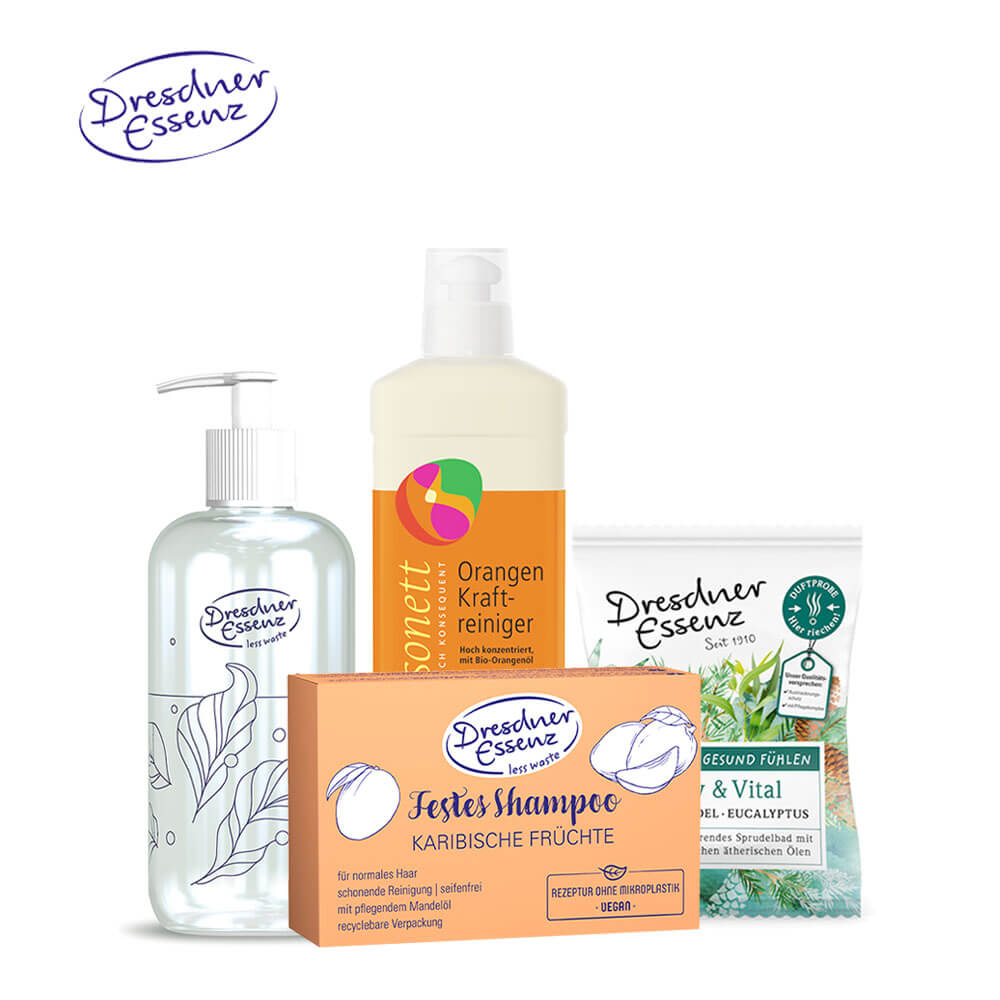
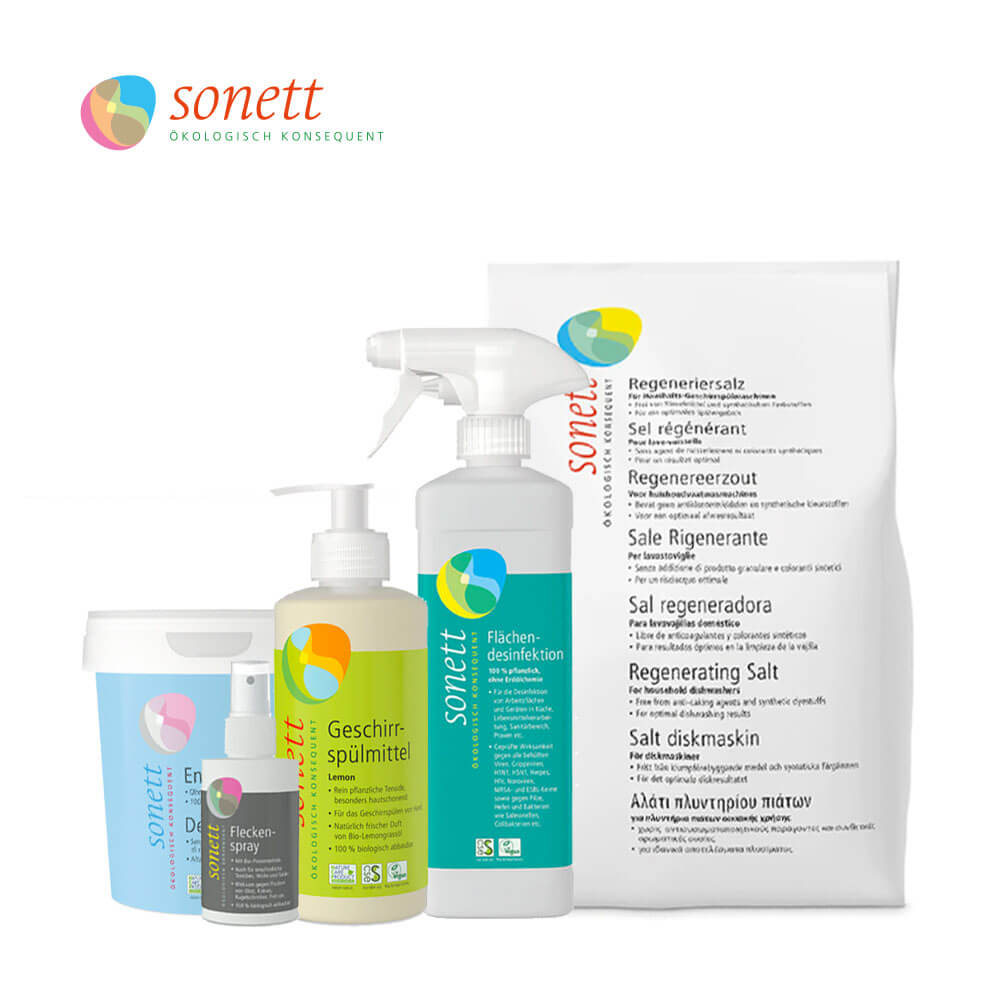
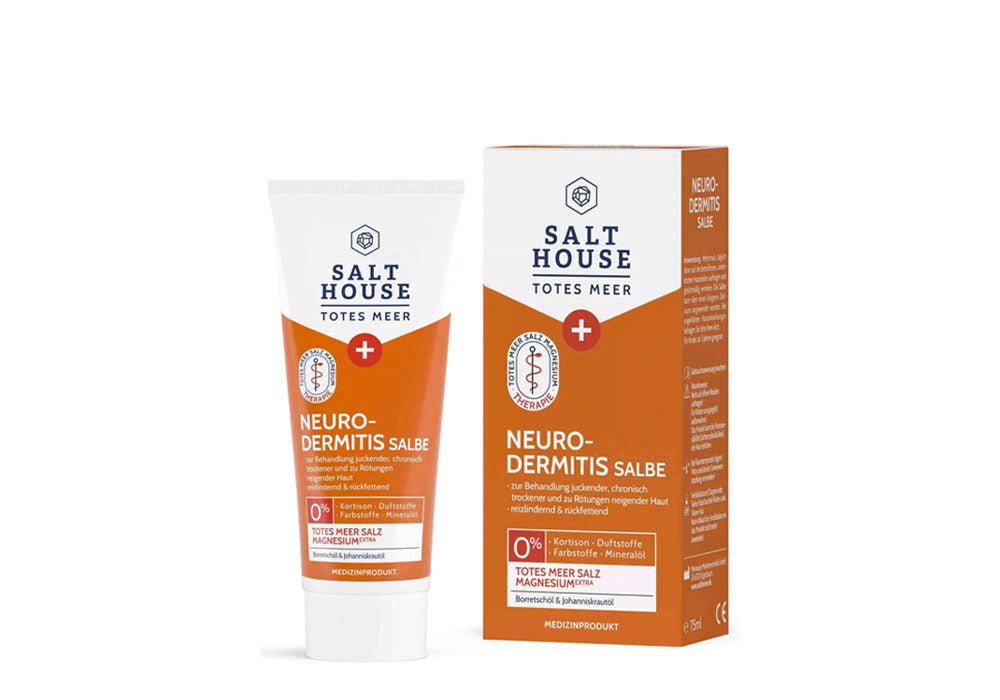

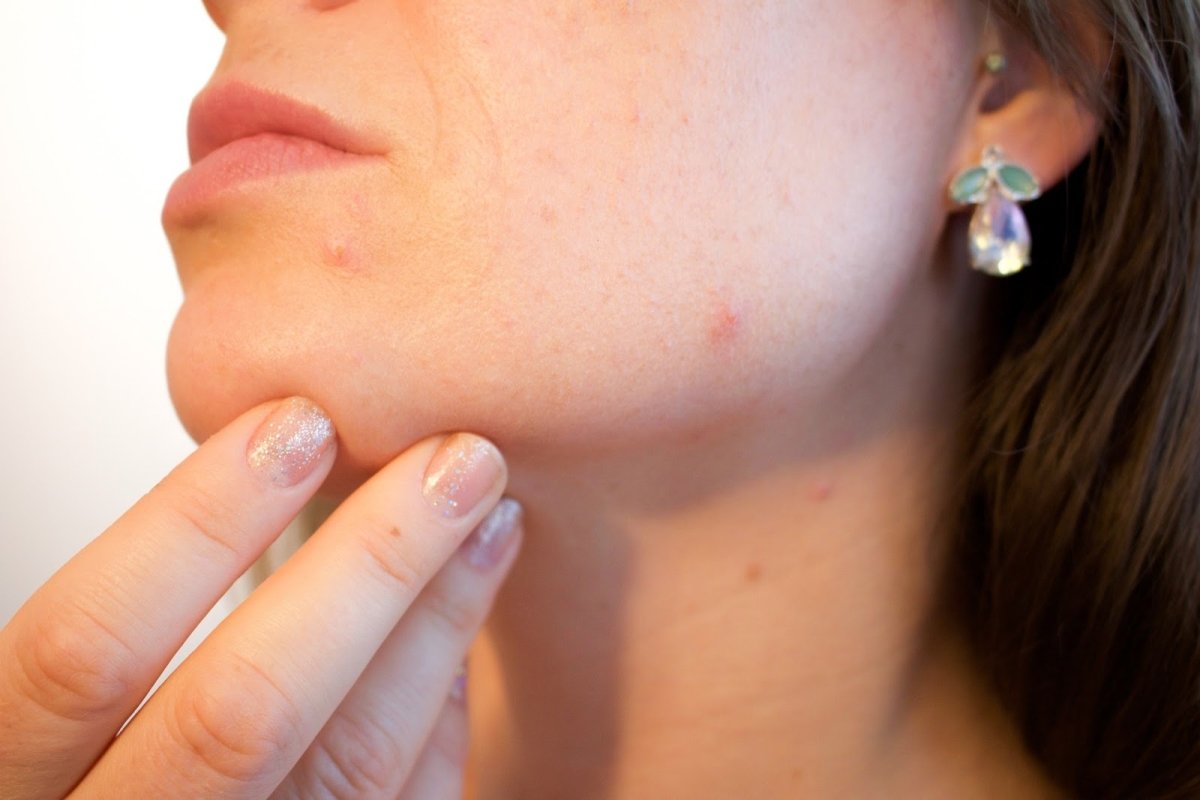
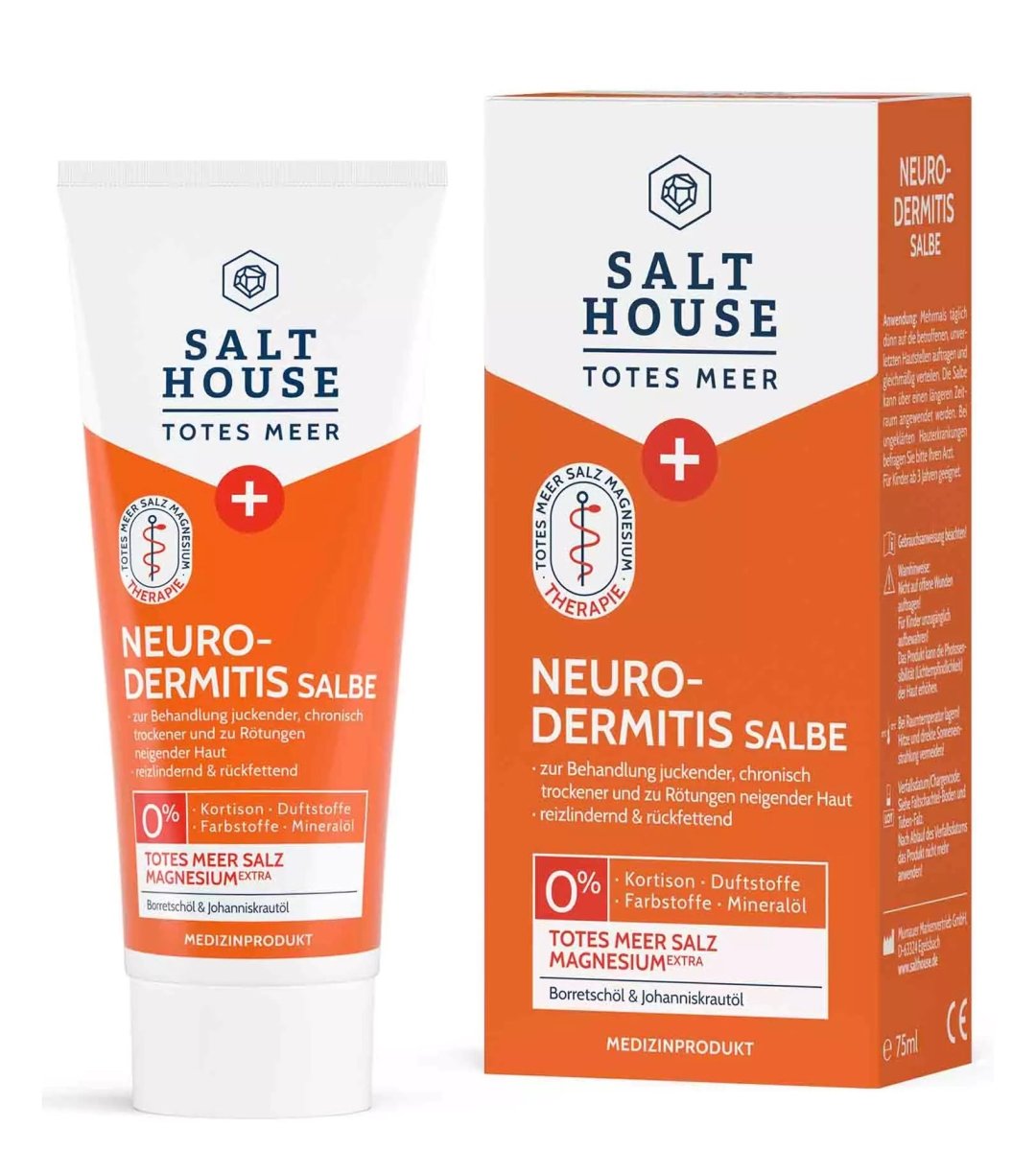
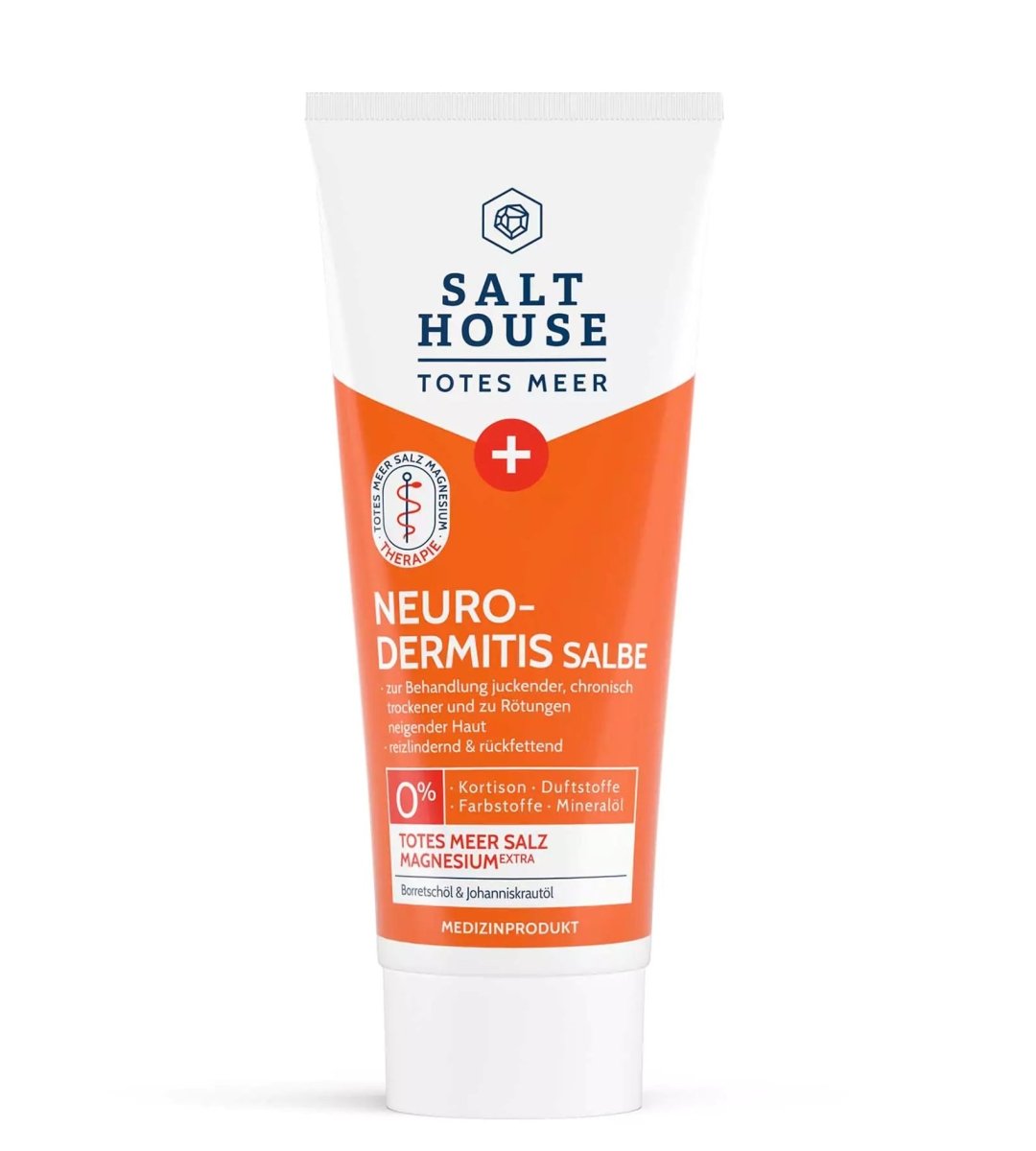
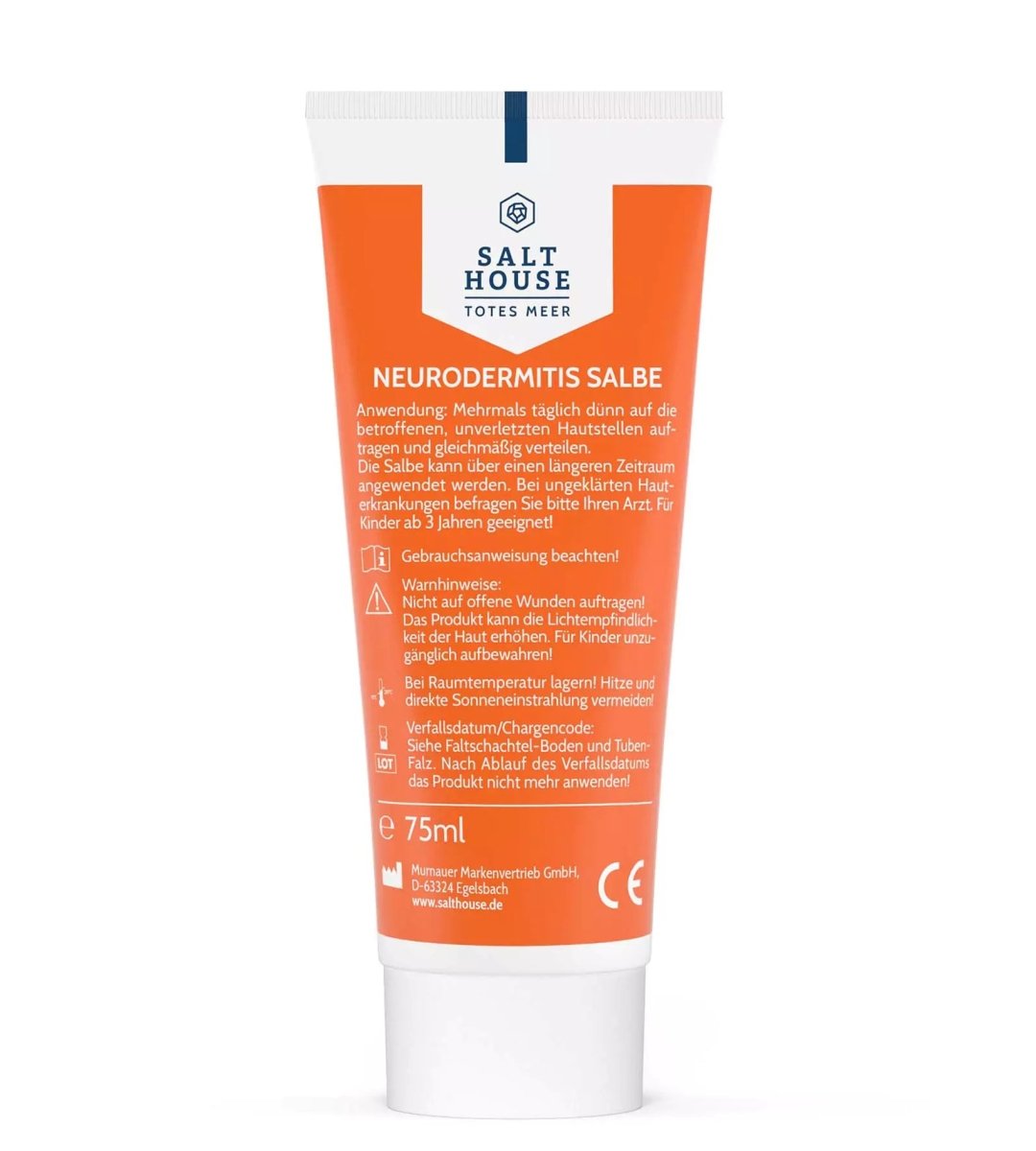
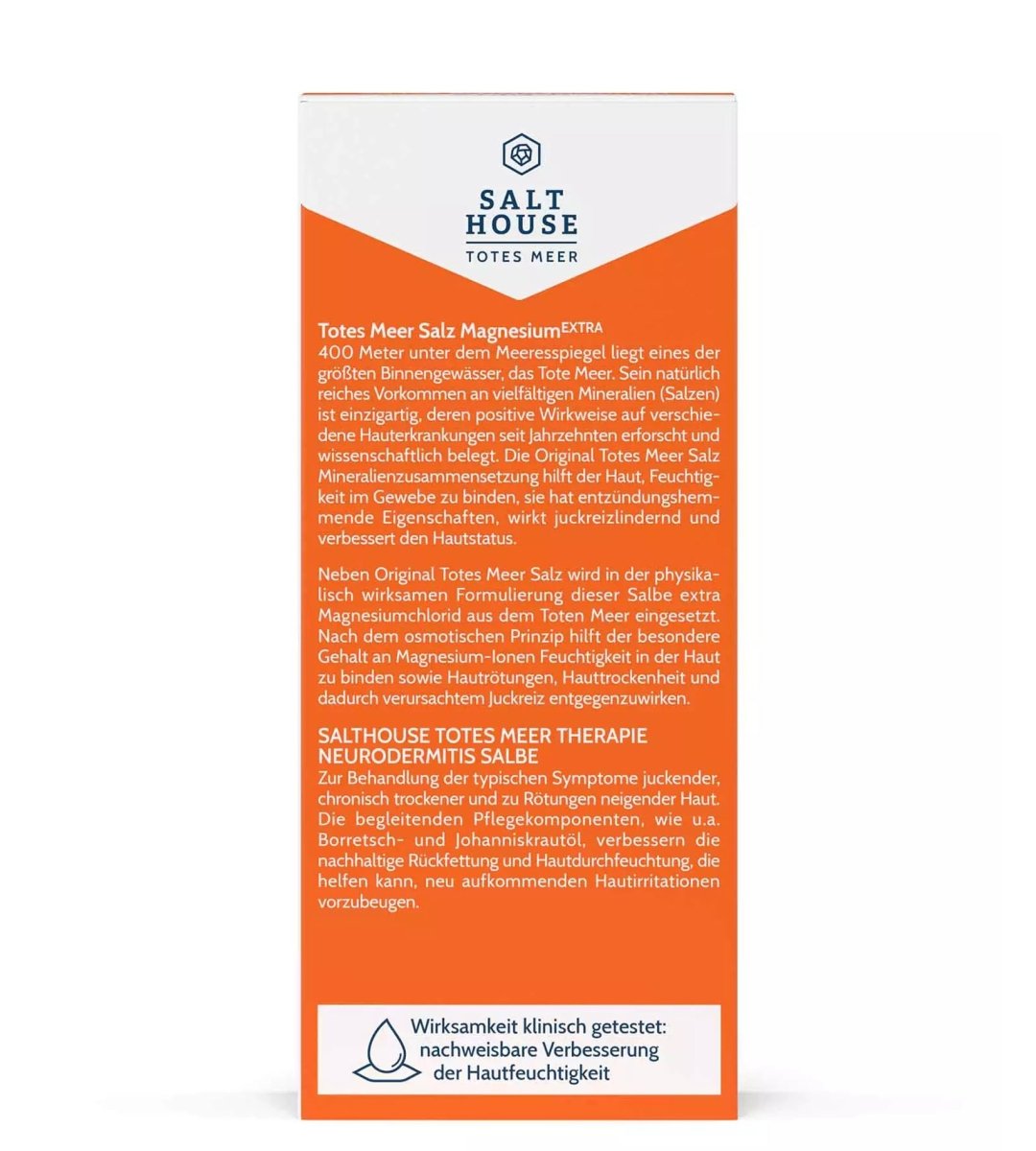
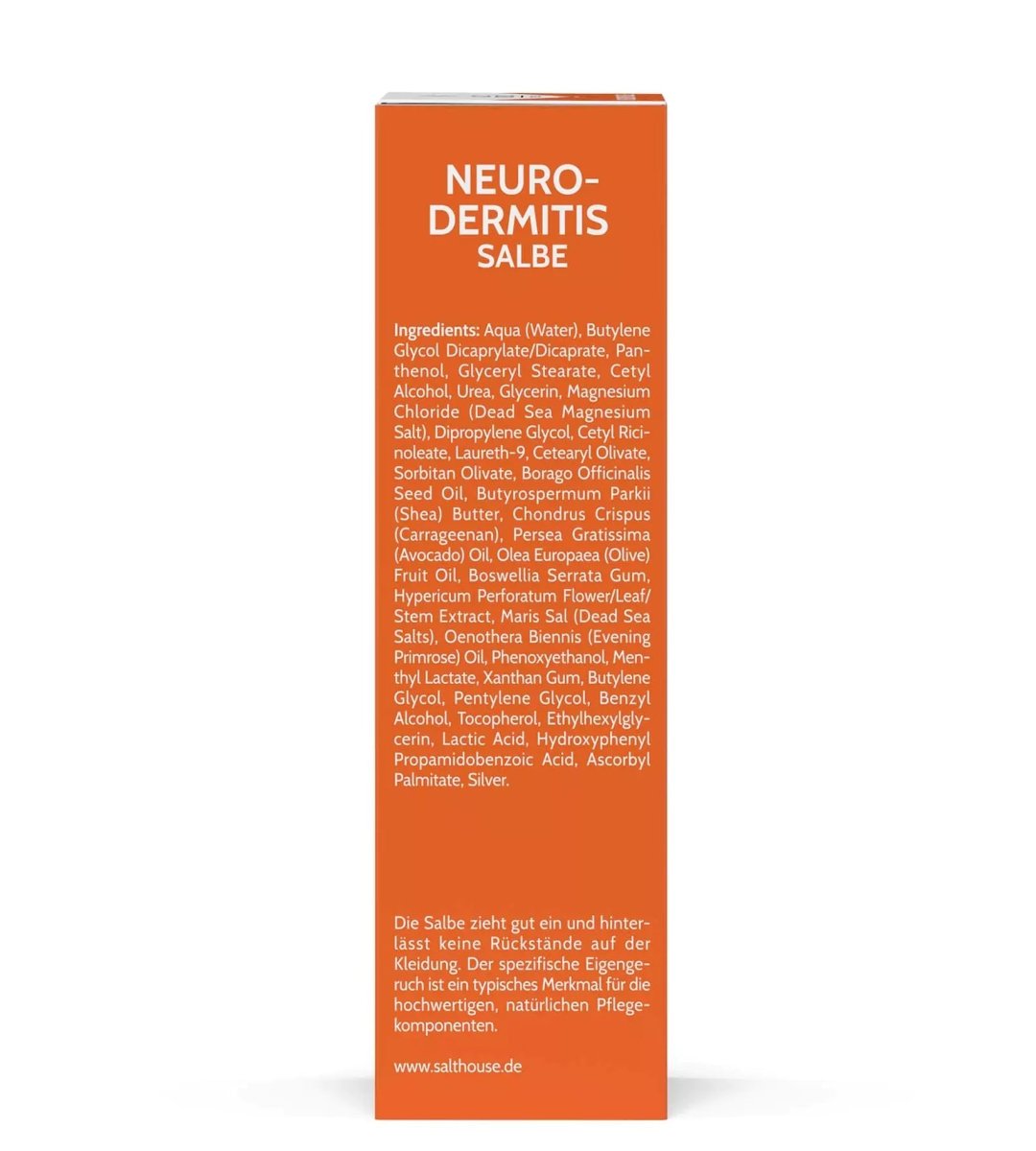
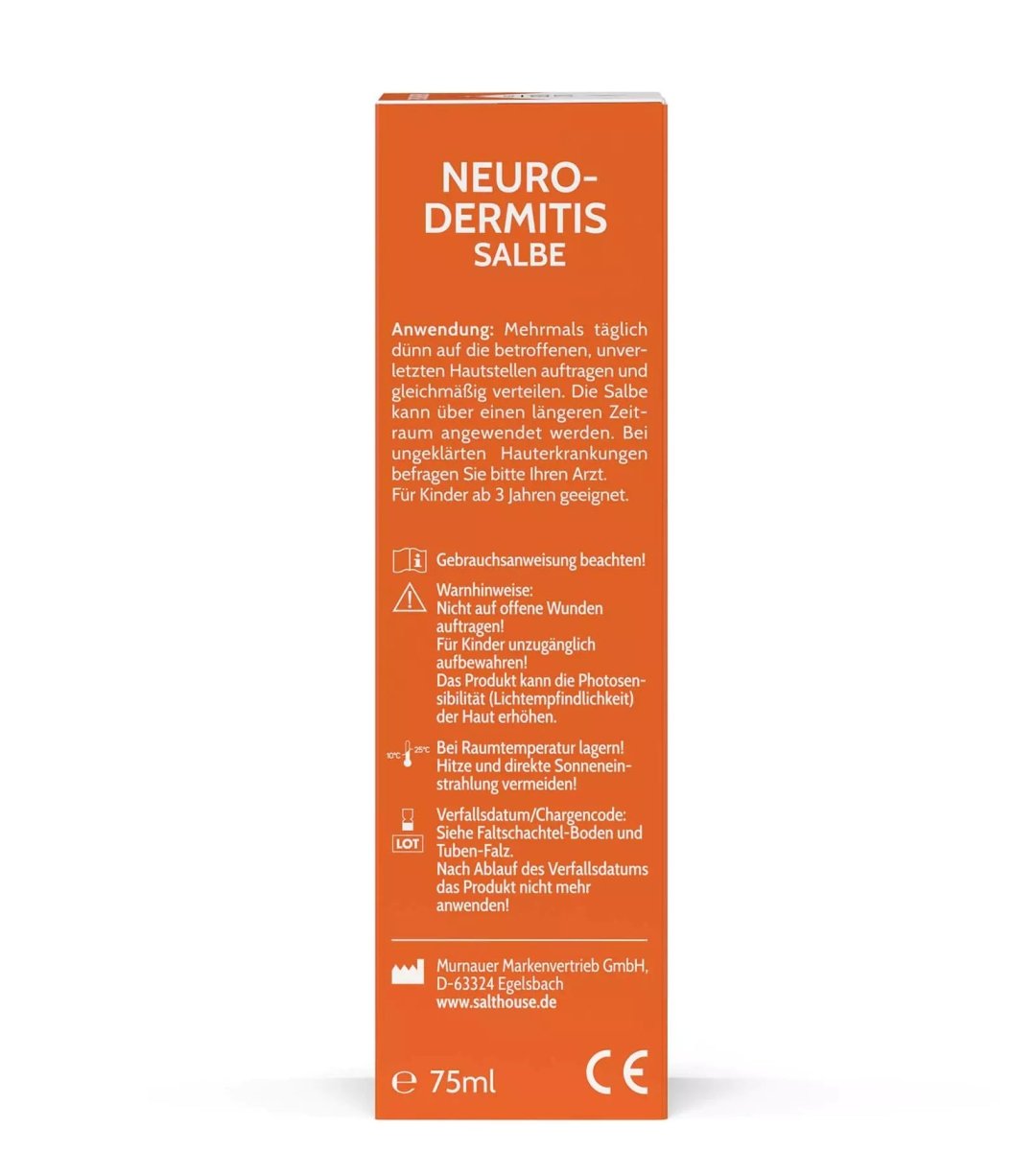
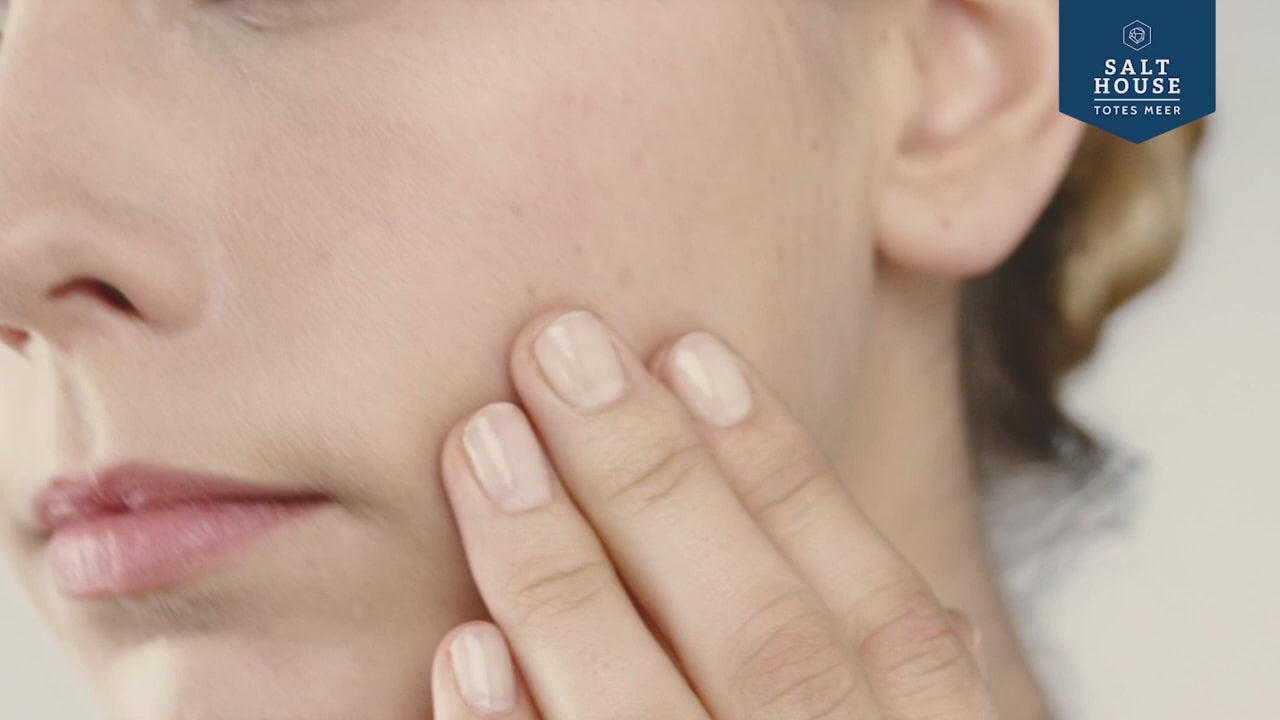
Leave a comment
All comments are moderated before being published.
This site is protected by reCAPTCHA and the Google Privacy Policy and Terms of Service apply.